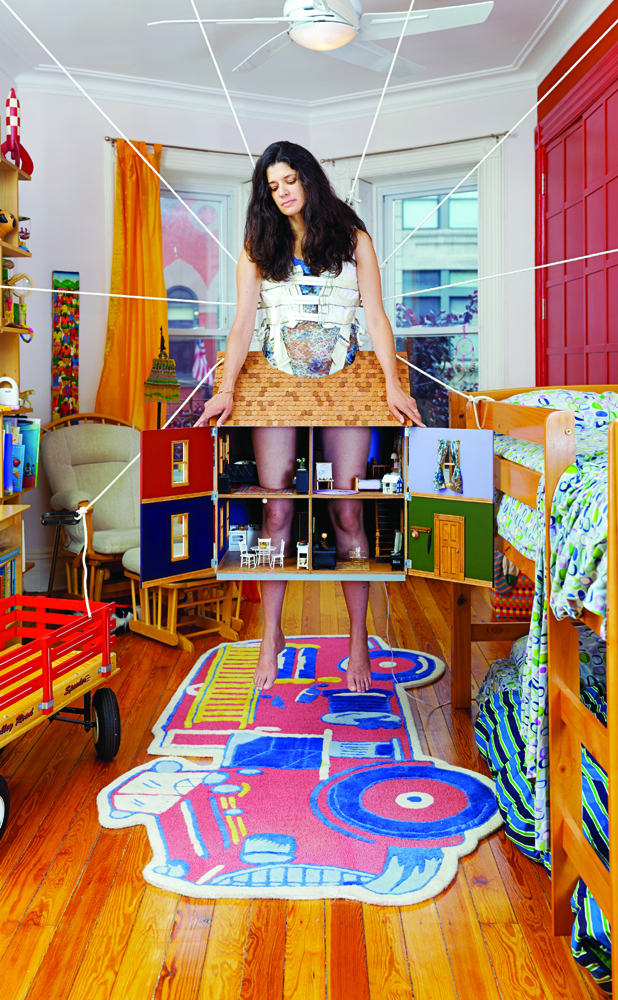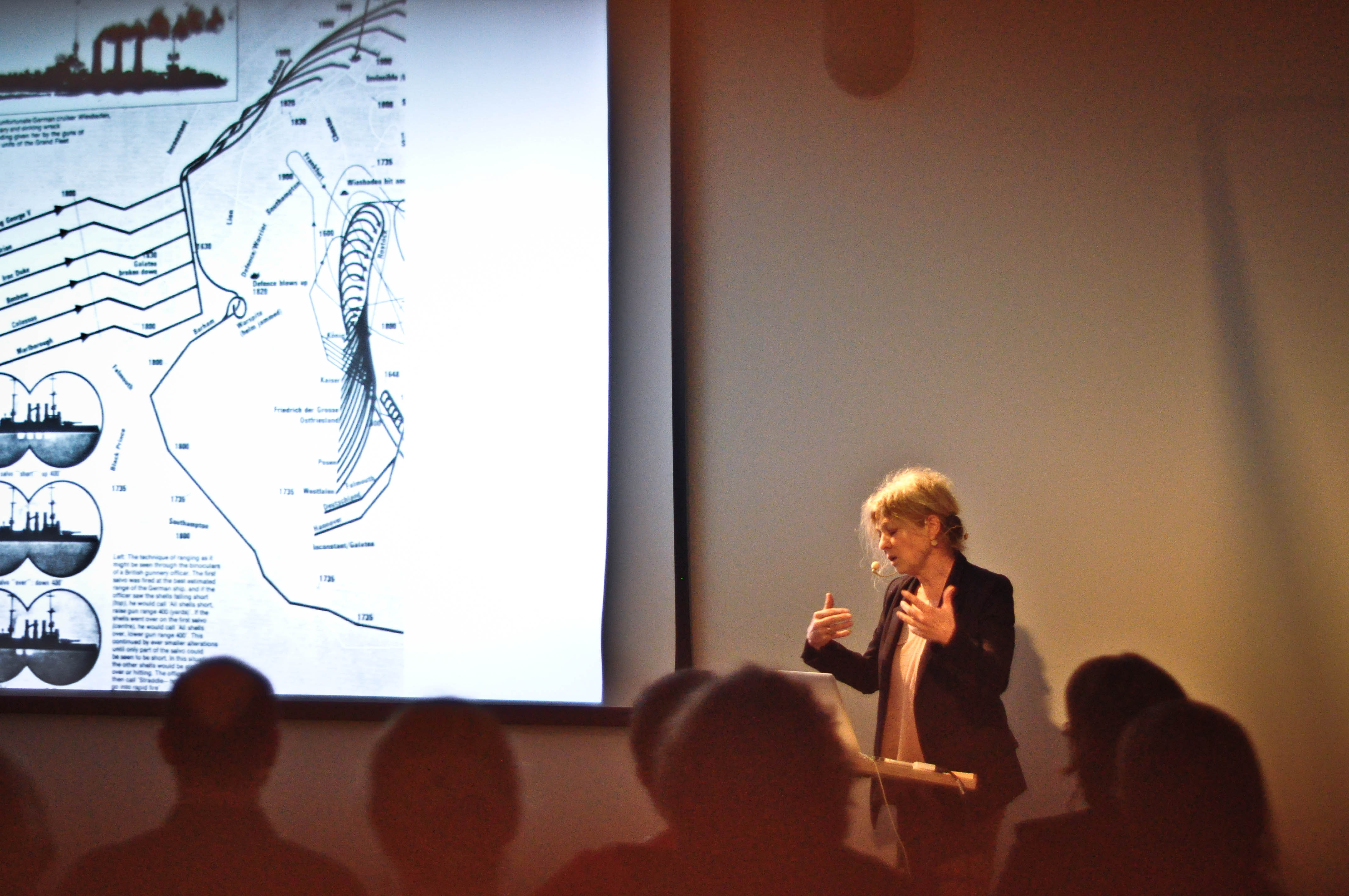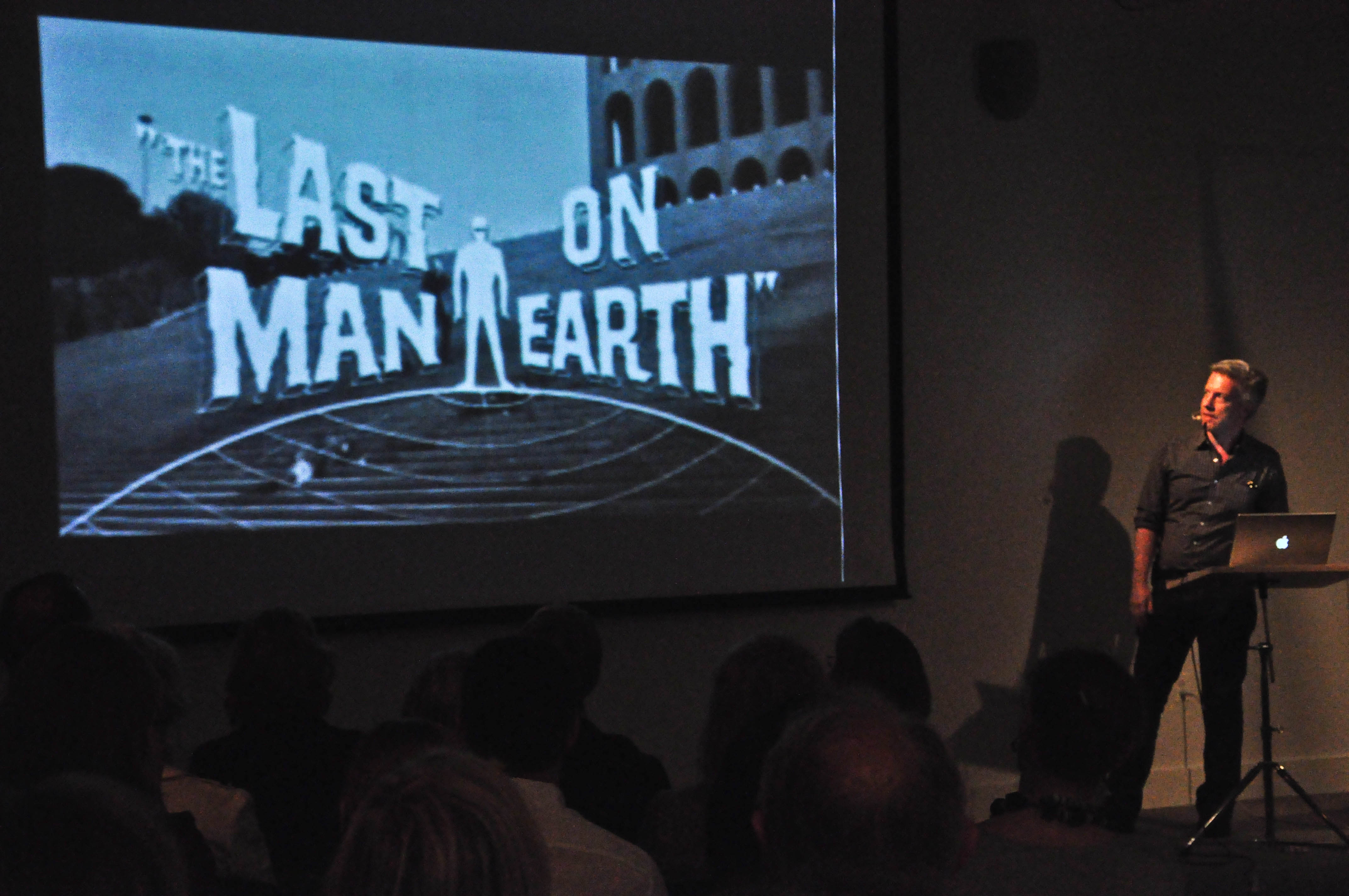The Center for the Study of Modern Art’s series Conversations with Artists is halfway through its sixth season. An integral part of the Center’s programming, the series has been engaging the D.C.-area community with leading and emerging contemporary visual artists since 2006.
Each season has a theme that ties the conversations together. This season’s theme, “Art as Experience,” emphasizes the importance of experience over interpretation, drawing much from the philosophy of museum founder Duncan Phillips as well as theorist John Dewey whose writings on what constitutes an experience in art inspired the theme. While the experience of an artwork may be validated with the expiration of its material (material that may very well be integral to the piece) we must transcend this materiality to experience the purity of the artist’s intent.
It goes without saying that it is more difficult to have an experience with some artists’ work than others. Sometimes we just don’t get it. Even after a wonderfully in-depth conversation with an artist we still may not understand his or her intent. I can’t tell you how many times I have left a conversation more confused than when it began–but I consider these inconclusive discussions a success on the artist’s part. He or she has set me on a search for understanding.
You may not need to view the artist’s work in real time (as opposed to slides) in order to have an experience, to understand the intent. These artists are so well versed in explaining and relating their work that you can form a fond appreciation from merely a 2D experience. Then there are artists for whom the conversation is a performance, in which case the conversation is the experience, and you cannot help but be enveloped in the intent (or perhaps realize the trickery after-the-fact).
This fall we heard from two artists, Wolfgang Laib and Jill Downen, both of whose works are densely material and implicitly spiritual, as well as from the London-based artist collective, The Otolith Group – whose conversation/performance challenged notions of how we interpret images in contemporary society.
The conversations continue in February when we welcome Anthony McCall, whose work focuses on the relationship of the human body with space, creating a heightened sense of self awareness. In the video below, McCall discusses his light sculpture Between You and I, which was part of Creative Time’s first quadrennial PLOT/09: This World & Nearer Ones.
Performance artists Janine Antoni and William Pope.L round out the 2011-12 season in March and April. Antoni describes her work and relationship with material in Art21’s segment on “Loss and Desire.”
If you are in D.C., you can check out William Pope.L’s “crawl” piece The Great American Way on view at the Corcoran Gallery of Art as part of 30 Americans, on view through February 12, 2012.
Megan Clark, Manager of Center Initiatives
Conversations with Artists programs require advance registration as space is limited. Visit the museum calendar for more information and to make a reservation.




